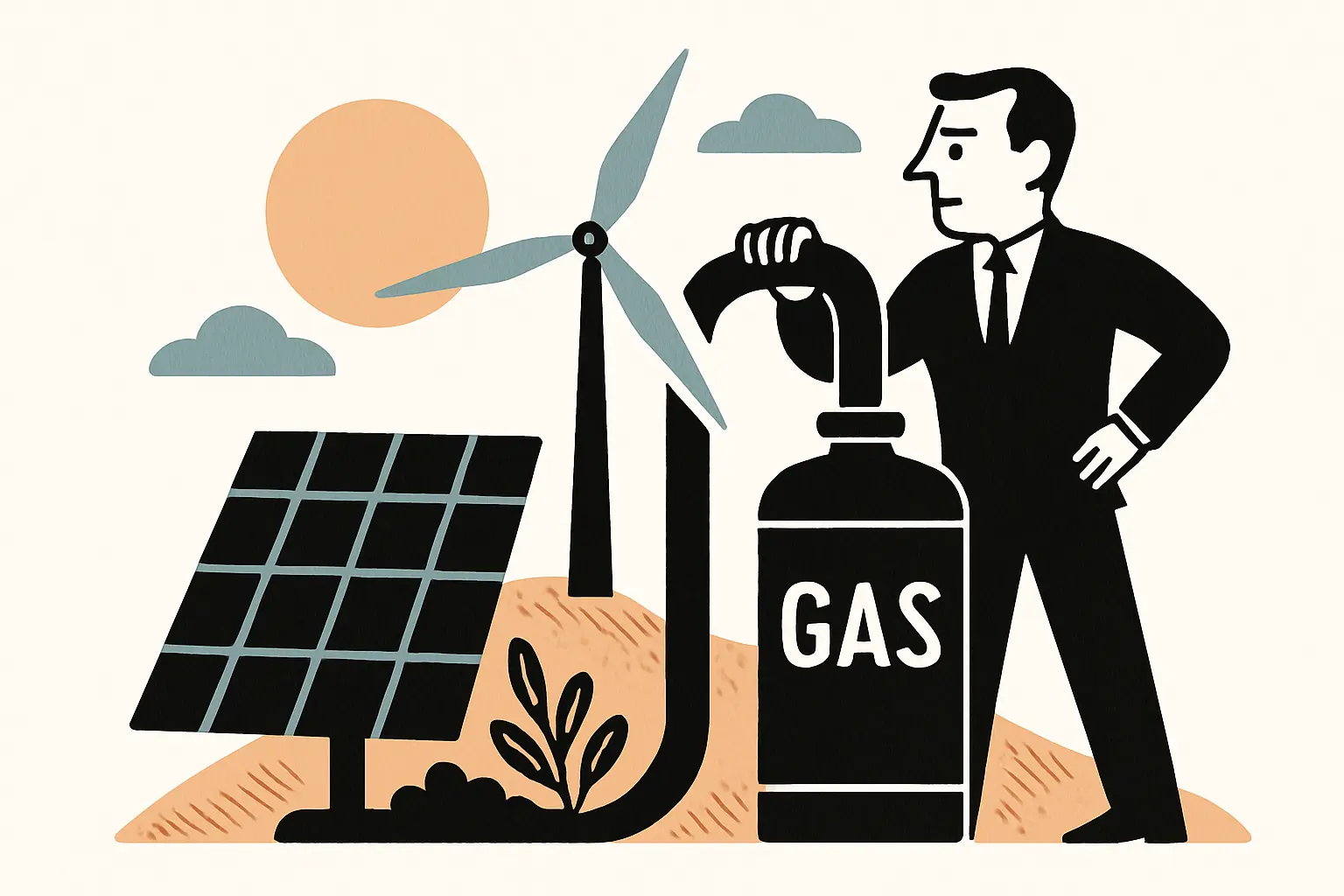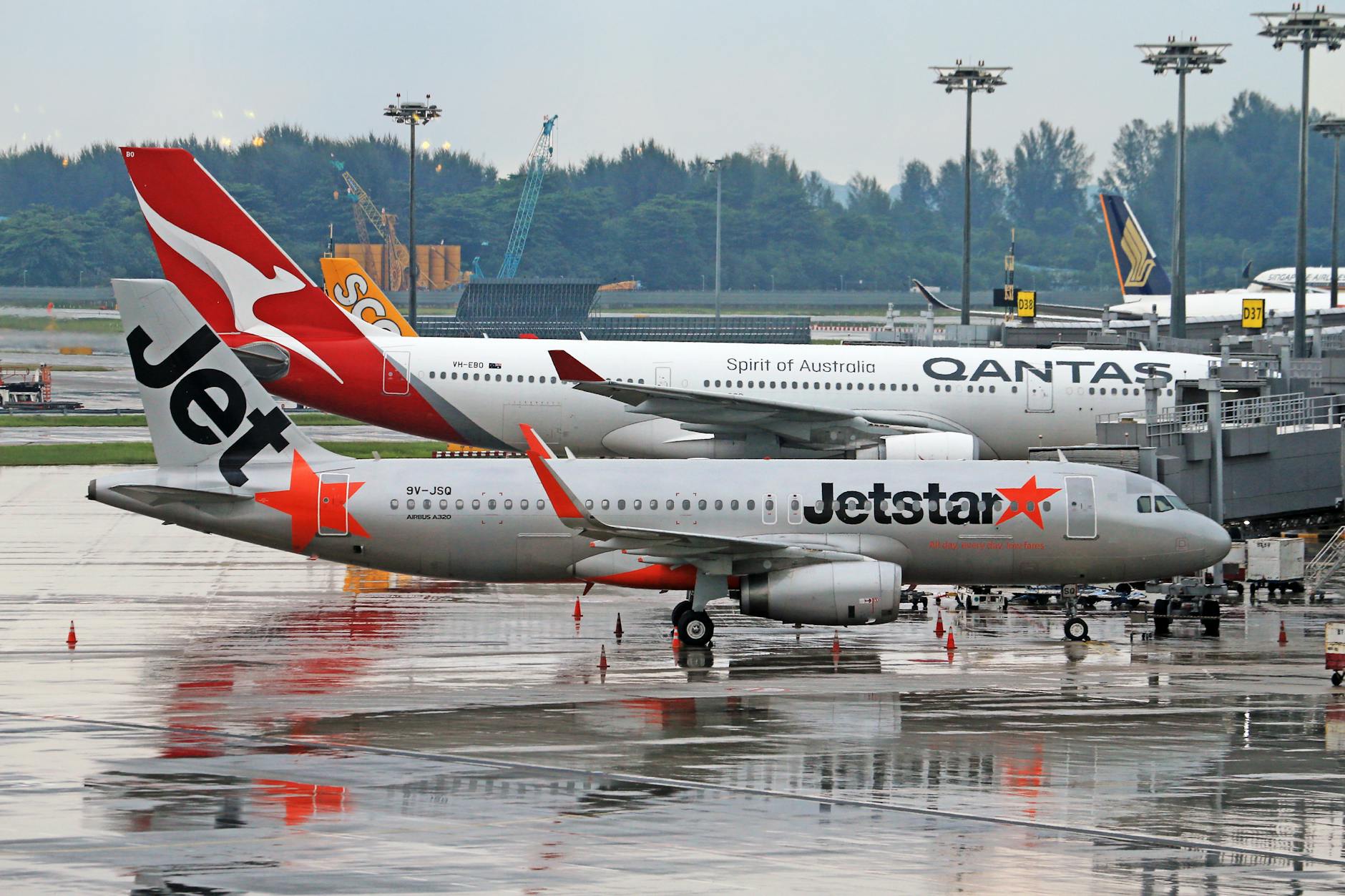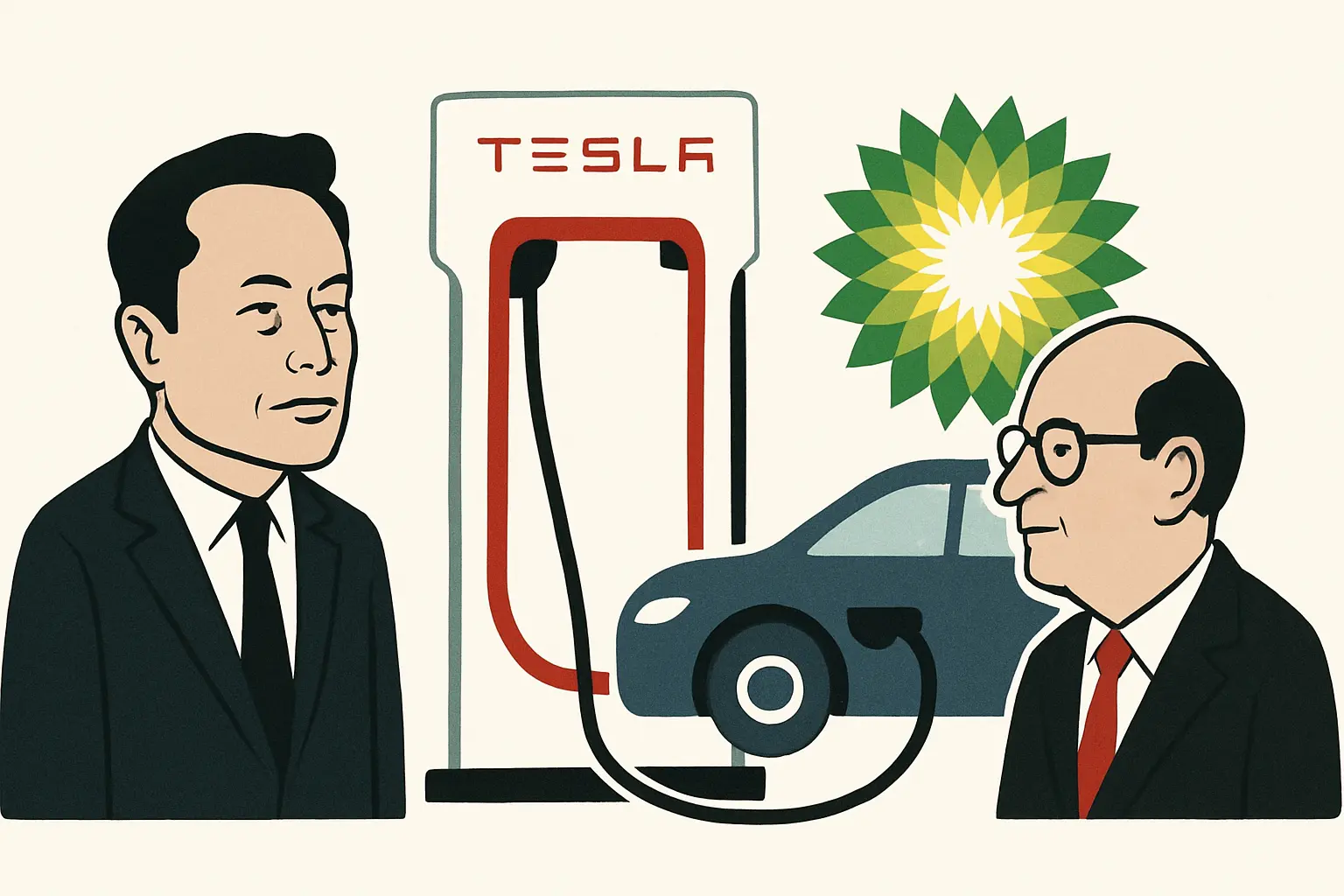In April 2025, the Australian automotive market witnessed a notable shift as the Toyota HiLux reclaimed its position as the nation’s top-selling vehicle, surpassing the Toyota RAV4, which had led in previous months. This resurgence underscores the enduring popularity of the HiLux among Australian consumers, particularly in the light commercial vehicle segment.
Conversely, plug-in hybrid electric vehicle (PHEV) sales experienced a significant decline during the same period. This downturn is attributed to the conclusion of the Fringe Benefits Tax (FBT) exemption for PHEVs on March 31, 2025, which had previously incentivized purchases in this category. The removal of this tax benefit appears to have dampened consumer interest in PHEVs, highlighting the sensitivity of the market to fiscal policies and incentives.
Key Facts from FCAI April 2025 Vehicle Sales Report
Overall Market Performance
- Total new vehicle sales in April 2025: 90,614 units
- Change compared to April 2024: Decrease of 6.8% (down 6,588 vehicles)
- Selling days: 23 days in April 2025 vs. 24 days in April 2024
- Average sales per day: Decreased by 110.3 vehicles per day in April 2025
Market Segments
- Passenger vehicle sales: Down 27.4% (-4,741 vehicles)
- Sports Utility Vehicles (SUVs): Slight increase of 0.1% (+44 vehicles)
- Light Commercial Vehicles: Down 4.6% (-990 vehicles)
- Heavy Commercial Vehicles: Down 20.8% (-901 vehicles)
Electric Vehicle Sales
- Plug-in Hybrid Electric Vehicles (PHEVs): Sales fell sharply to 2,601 units (2.9% of market) in April, down from 4.7% year-to-date to March 2025.
- Reason: Removal of the fringe benefits tax (FBT) exemption for PHEVs at the end of March 2025.
- Battery Electric Vehicles (BEVs): Accounted for 5.9% of the market in April.
- Industry commentary: FCAI CEO Tony Weber emphasized the impact of government policy on consumer behavior and the need for supportive policies and infrastructure investment to meet emissions reduction goals under the New Vehicle Efficiency Standard (NVES).
Top Brands and Models
- Top brands by sales volume:
- Toyota – 19,380 units
- Ford – 7,334 units
- Mazda – 6,573 units
- Kia – 6,303 units
- Hyundai – 5,547 units
- Top selling vehicle models:
- Toyota HiLux – 4,121 units
- Ford Ranger – 4,031 units
- Toyota RAV4 – 3,808 units
- Ford Everest – 2,234 units
- Toyota Prado – 2,233 units
State and Territory Sales Performance (April 2025 vs. April 2024)
- Australian Capital Territory: -17% (1,198 units)
- New South Wales: -7.5% (27,071 units)
- Northern Territory: -2.4% (838 units)
- Queensland: -3.2% (20,203 units)
- South Australia: -13.6% (5,864 units)
- Tasmania: -18.5% (1,366 units)
- Victoria: -7.9% (24,410 units)
- Western Australia: -1.4% (9,664 units)
Context & Background
The Toyota HiLux has been a staple in the Australian automotive market, consistently ranking among the top-selling vehicles due to its reliability and versatility. Its recent resurgence to the top spot in April 2025 reflects its enduring appeal, especially in the light commercial vehicle sector.
On the other hand, the decline in PHEV sales follows the expiration of the Fringe Benefits Tax (FBT) exemption on March 31, 2025. This tax incentive had previously bolstered PHEV sales by offering financial benefits to consumers. The removal of this exemption has led to a noticeable decrease in PHEV purchases, illustrating the significant impact of government policies on consumer behavior in the automotive market.
In This Story
Toyota HiLux
The Toyota HiLux is a series of light commercial vehicles produced by the Japanese automobile manufacturer Toyota. Known for its durability and versatility, it has been a popular choice in various markets, including Australia.
Fringe Benefits Tax (FBT) Exemption
The Fringe Benefits Tax (FBT) exemption was a government policy in Australia that provided tax benefits for certain vehicle purchases, including plug-in hybrid electric vehicles (PHEVs). The exemption aimed to encourage the adoption of environmentally friendly vehicles.


















Comments are closed.